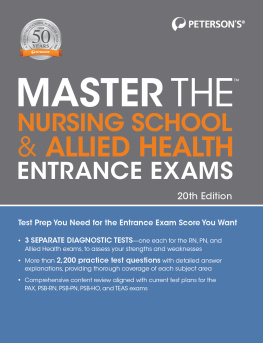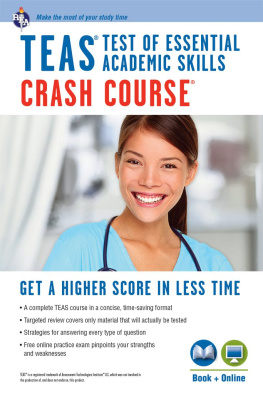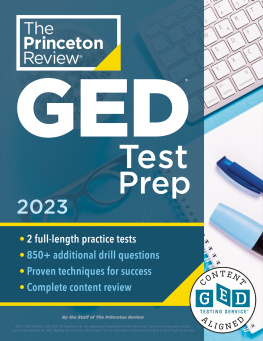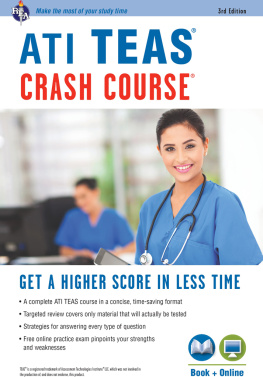Contents
Guide
Page List
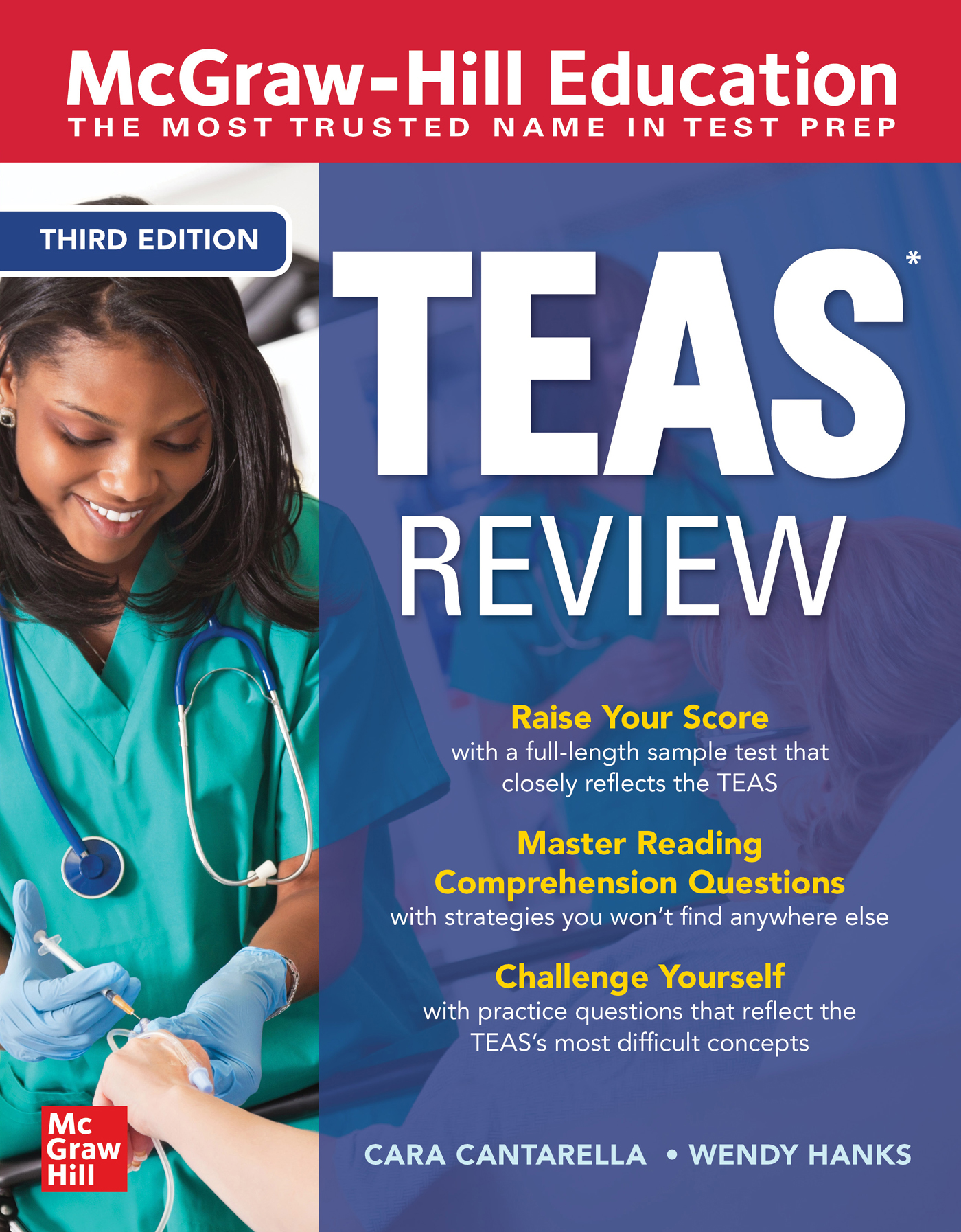

Copyright 2021, 2017, 2016 by McGraw Hill. All rights reserved. Except as permitted under the United States Copyright Act of 1976, no part of this publication may be reproduced or distributed in any form or by any means, or stored in a database or retrieval system, without the prior written permission of the publisher.
ISBN: 978-1-26-046240-1
MHID: 1-26-046240-4
The material in this eBook also appears in the print version of this title: ISBN: 978-1-26-046239-5, MHID: 1-26-046239-0.
eBook conversion by codeMantra
Version 1.0
All trademarks are trademarks of their respective owners. Rather than put a trademark symbol after every occurrence of a trademarked name, we use names in an editorial fashion only, and to the benefit of the trademark owner, with no intention of infringement of the trademark. Where such designations appear in this book, they have been printed with initial caps.
McGraw-Hill Education eBooks are available at special quantity discounts to use as premiums and sales promotions or for use in corporate training programs. To contact a representative, please visit the Contact Us page at www.mhprofessional.com.
TERMS OF USE
This is a copyrighted work and McGraw-Hill Education and its licensors reserve all rights in and to the work. Use of this work is subject to these terms. Except as permitted under the Copyright Act of 1976 and the right to store and retrieve one copy of the work, you may not decompile, disassemble, reverse engineer, reproduce, modify, create derivative works based upon, transmit, distribute, disseminate, sell, publish or sublicense the work or any part of it without McGraw-Hill Educations prior consent. You may use the work for your own noncommercial and personal use; any other use of the work is strictly prohibited. Your right to use the work may be terminated if you fail to comply with these terms.
THE WORK IS PROVIDED AS IS. McGRAW-HILL EDUCATION AND ITS LICENSORS MAKE NO GUARANTEES OR WARRANTIES AS TO THE ACCURACY, ADEQUACY OR COMPLETENESS OF OR RESULTS TO BE OBTAINED FROM USING THE WORK, INCLUDING ANY INFORMATION THAT CAN BE ACCESSED THROUGH THE WORK VIA HYPERLINK OR OTHERWISE, AND EXPRESSLY DISCLAIM ANY WARRANTY, EXPRESS OR IMPLIED, INCLUDING BUT NOT LIMITED TO IMPLIED WARRANTIES OF MERCHANTABILITY OR FITNESS FOR A PARTICULAR PURPOSE. McGraw-Hill Education and its licensors do not warrant or guarantee that the functions contained in the work will meet your requirements or that its operation will be uninterrupted or error free. Neither McGraw-Hill Education nor its licensors shall be liable to you or anyone else for any inaccuracy, error or omission, regardless of cause, in the work or for any damages resulting therefrom. McGraw-Hill Education has no responsibility for the content of any information accessed through the work. Under no circumstances shall McGraw-Hill Education and/or its licensors be liable for any indirect, incidental, special, punitive, consequential or similar damages that result from the use of or inability to use the work, even if any of them has been advised of the possibility of such damages. This limitation of liability shall apply to any claim or cause whatsoever whether such claim or cause arises in contract, tort or otherwise.
Introduction
If youre applying to health science school and youve picked up a copy of this book, chances are youre already familiar with the ATI Test of Essential Academic Skills (TEAS) and have decided youd like help with reviewing whats on the test before taking the exam. This book focuses on just that: content review and review questions. Inside, youll see content review regarding the major topics on all four subjects tested on the ATI TEAS, hundreds of review questions to help reinforce your skills, and a full-length practice test.
Before we begin, lets take a look at the subjects youll encounter on the TEAS. Well also make some recommendations regarding how to use this book for optimal results.
TEAS OVERVIEW
The Test of Essential Academic Skills is a test administered to health science school candidates to test exactly what the name implies: essential academic skills. These are fundamental skills that are considered to be required for success in health science school. The skills tested fall into four subject categories: Reading, Mathematics, Science, and English and Language Usage. You will see them on the TEAS in that order. The TEAS test has four sections, as described in the table below:

The Reading section of the test covers three main areas: main ideas and supporting information, passage organization, and synthesis of information. Main idea and supporting information questions test your understanding of what you read when reviewing various forms of written communication (such as academic passages, articles, advertisements, and e-mails) and graphic sources (such as maps, labels, diagrams, and other resources). Passage organization questions test your understanding of structure, purpose, and meaning. Synthesis questions test your ability to evaluate, compare, and contrast.
The Mathematics section of the test covers four subjects: numbers and operations, algebraic applications, data interpretation, and measurement. Numbers and operations questions test your ability to perform basic math and to solve problems involving fractions, ratios, proportions, and percentages. Algebraic applications questions test your ability to solve problems involving an unknown quantity. Data interpretation questions require you to answer questions based on information obtained from graphs and charts. Measurement questions require you to measure various dimensions and to convert measurements from one form to another.
The Science section of the test covers three main areas: human body science, life and physical science, and scientific analysis. Human body science questions test your knowledge of the anatomy and physiology of specific body systems. Life and physical science questions are concerned with biology and chemistry. Scientific analysis questions test your understanding of the scientific method and principles underlying scientific inquiry.
Finally, the English and Language Usage section of the test covers three subcategories. The first assesses your knowledge of the rules of spelling, capitalization, and punctuation. The second subcategory tests your understanding of grammar and the process of composition. The third English subcategory tests your ability to determine the meanings of words based on their context and your knowledge of roots, prefixes, and suffixes.
HOW TO USE THIS BOOK
The content review presented in this book does not include every possible topic that might be tested on the TEAS. Instead it presents a review of important topics you are likely to see on the test, and it explains different question types you may encounter.
Sometimes understanding what a question is asking for can be key to identifying the correct answer. In the Reading sections, for instance, youll see some questions that ask about details from the passage, and other questions that ask you to draw conclusions based on information given in the passage. The answer to a detail question will always be given right in the passage, and the answer to a conclusions question will


